All About Plants -> food chain
Food Chain
A food chain is a sequence of organisms, each of which serves as a source of food or energy for the next. It represents a flow of energy and nutrients through an ecosystem. Each organism in a food chain occupies a specific trophic level, which refers to its position in the chain as a producer, consumer, or decomposer.
Key Terms:
- Producer: Organisms that can make their own food through photosynthesis, such as plants and algae.
- Consumer: Organisms that obtain energy by consuming other organisms. Consumers are further categorized as primary, secondary, and tertiary consumers based on their position in the food chain.
- Decomposer: Organisms that break down dead organic matter, releasing nutrients back into the ecosystem. Examples include bacteria and fungi.
Example Food Chain:
A simple food chain in a grassland ecosystem might look like this:
Grass (Producer) -> Grasshopper (Primary Consumer) -> Frog (Secondary Consumer) -> Snake (Tertiary Consumer)
Study Guide:
- What is a food chain?
- What is a producer?
- What is a consumer?
- Give an example of a food chain.
- Explain the role of decomposers in a food chain.
A food chain is a sequence of organisms, each of which serves as a source of food or energy for the next.
A producer is an organism that can make its own food through photosynthesis, such as plants and algae.
A consumer is an organism that obtains energy by consuming other organisms. Consumers are further categorized as primary, secondary, and tertiary consumers based on their position in the food chain.
Grass (Producer) -> Grasshopper (Primary Consumer) -> Frog (Secondary Consumer) -> Snake (Tertiary Consumer)
Decomposers break down dead organic matter, releasing nutrients back into the ecosystem.
Understanding food chains is important for comprehending how energy and nutrients flow through ecosystems and the interdependence of organisms within those systems.
[Food Chain] Related Worksheets and Study Guides:
.◂Science Worksheets and Study Guides Kindergarten. All About Plants
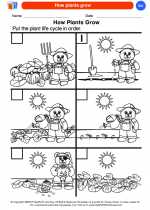
 Coloring Worksheet
Coloring Worksheet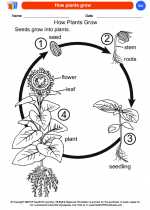
 Coloring Worksheet
Coloring Worksheet
 Coloring Worksheet
Coloring Worksheet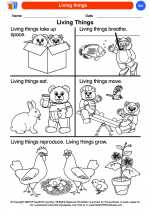
 Coloring Worksheet
Coloring Worksheet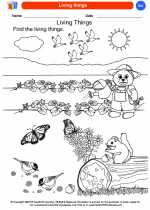
 Coloring Worksheet
Coloring Worksheet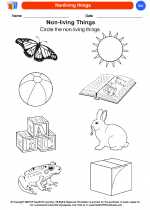
 Coloring Worksheet
Coloring Worksheet
 Coloring Worksheet
Coloring Worksheet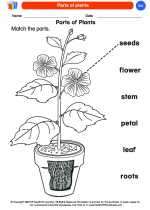
 Coloring Worksheet
Coloring Worksheet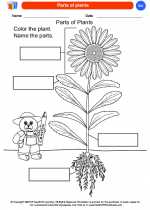
 Coloring Worksheet
Coloring Worksheet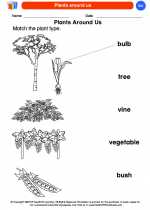
 Coloring Worksheet
Coloring Worksheet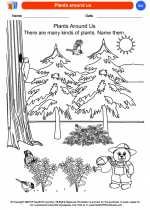
 Coloring Worksheet
Coloring Worksheet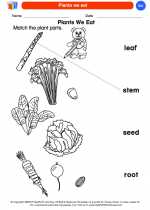
 Coloring Worksheet
Coloring Worksheet
 Coloring Worksheet
Coloring Worksheet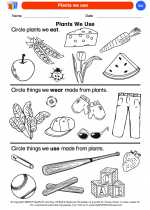
 Coloring Worksheet
Coloring Worksheet
 Coloring Worksheet
Coloring Worksheet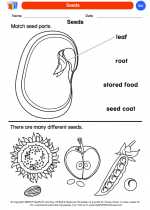
 Coloring Worksheet
Coloring Worksheet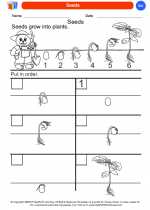
 Coloring Worksheet
Coloring Worksheet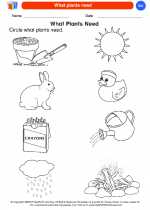
 Coloring Worksheet
Coloring Worksheet
